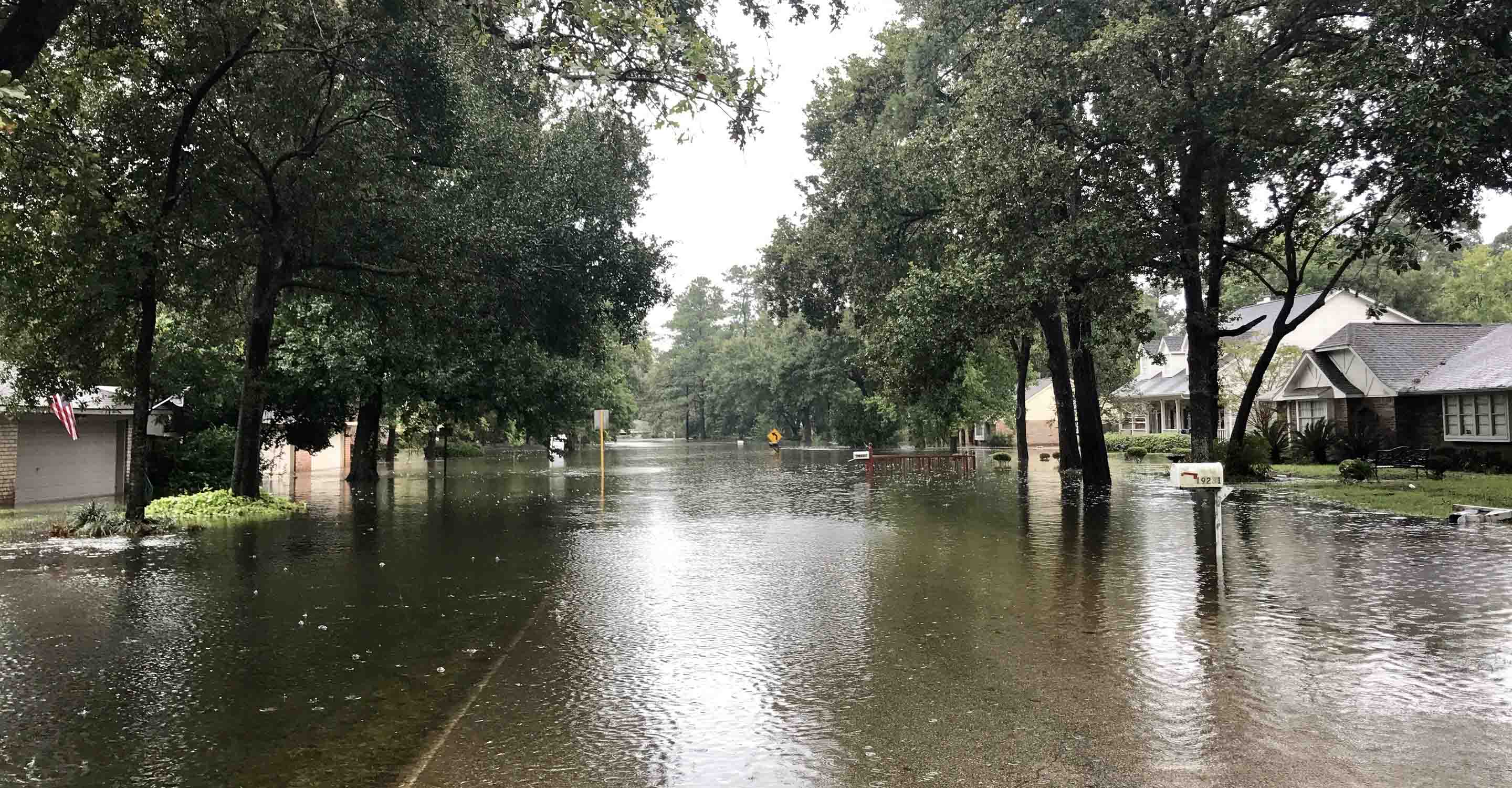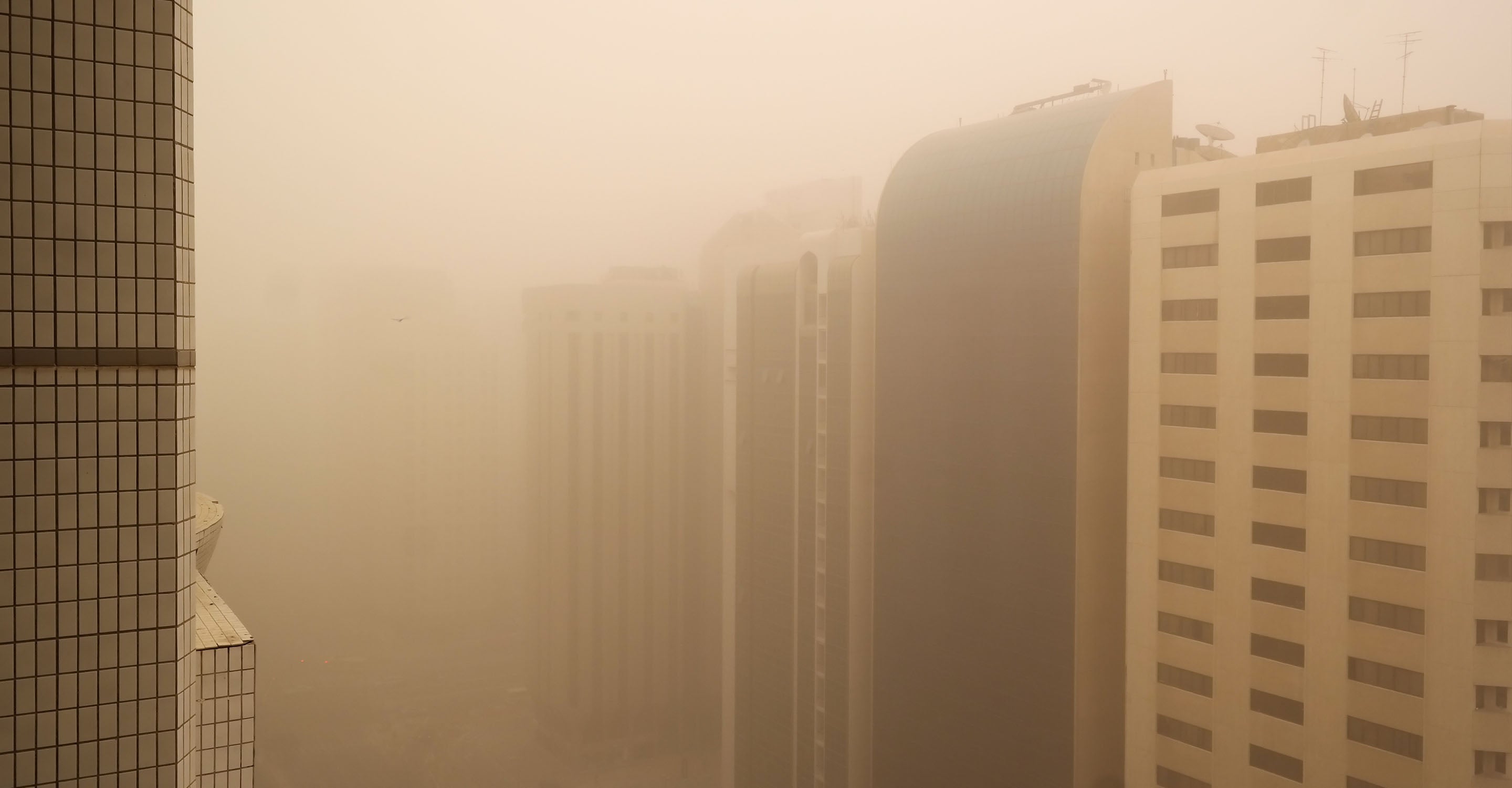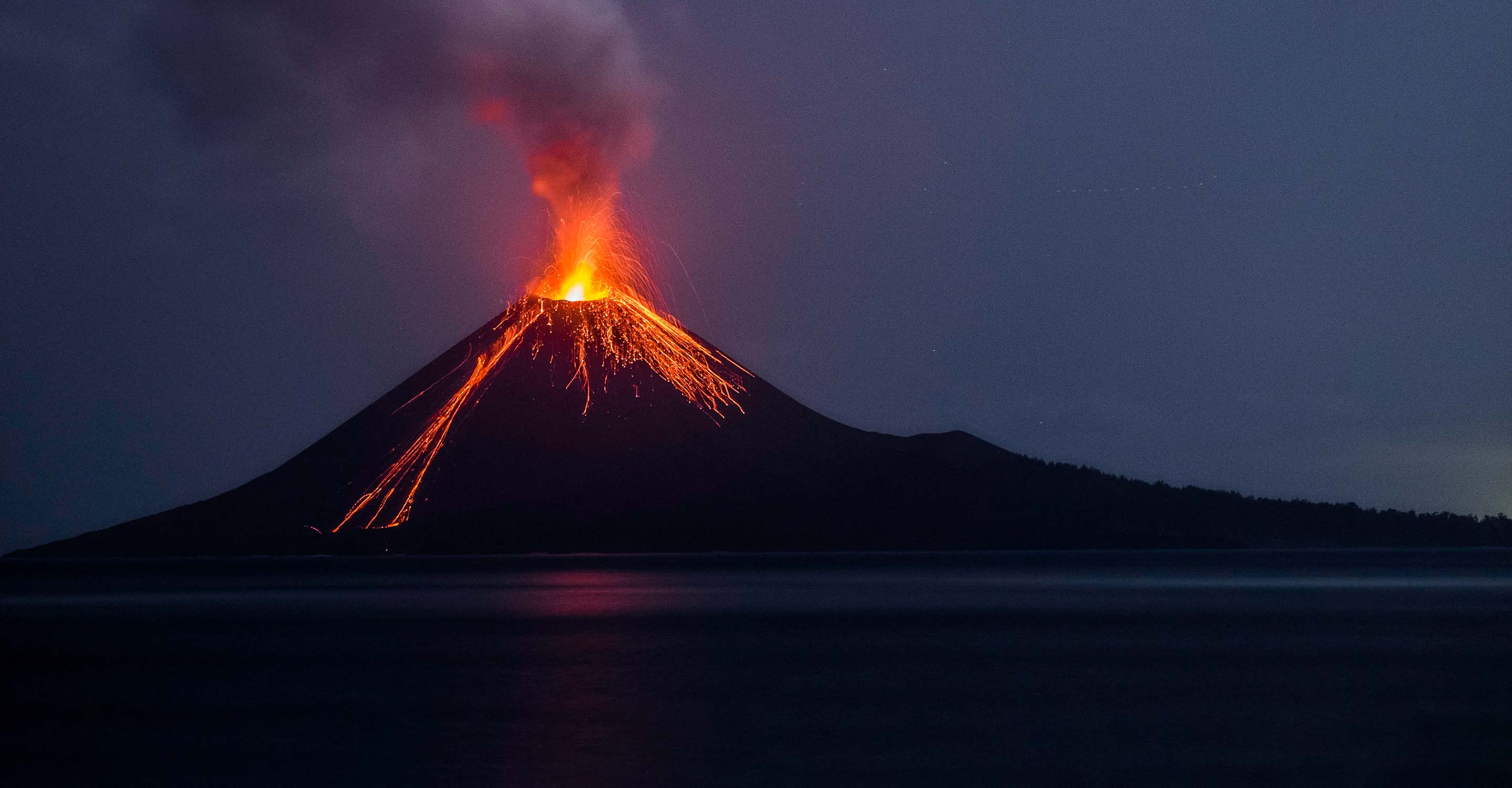Seoul air quality map
Live air pollution map of Seoul
6.4M people follow this city
Full screen
Contributors
6
Stations
46
Contributors category
3
Government
0
Non-profit organization
0
Educational
1
Corporate
1
Individual
1
Anonymous
Most polluted air quality stations
| # | station | US AQI |
|---|---|---|
| 1 | Hangang-daero | 64 |
| 2 | Dosan-daero | 62 |
| 3 | Dongjak-daero | 58 |
| 4 | Gangnam-daero | 58 |
| 5 | Bukhansan | 55 |
| 6 | Yeongdeungpo-gu | 55 |
| 7 | Yeongdeungpo-ro | 55 |
| 8 | Yongsan-gu | 55 |
| 9 | Dobong-gu | 53 |
| 10 | Gonghang-daero | 53 |
Health Recommendations
| Enjoy outdoor activities | |
| Open your windows to bring clean, fresh air indoors GET A MONITOR |
Become a contributor
Get an AirVisual Outdoor and contribute to collecting millions of data points for the Seoul map to track local air pollution
Understand air pollution and protect yourself
Seoul MAP AIR QUALITY ANALYSIS AND STATISTICS
What information can be found on the air pollution map for Seoul?
The air pollution map for Seoul is easily accessed from the main city page. The map can be seen next to the main banner at the top of the first page.
The first thing the viewer will notice is the overall colour of the map and the number of coloured discs which first appear to be stacked on top of each other. However, once the map is enlarged, these discs begin to separate and appear more clearly defined. They represent the location of the ground-level air monitoring stations in and around the city. These discs also display a number which is the US AQI reading. This is an internationally recognised system which is used when comparing air quality in various cities across the globe. It is derived from the levels of six of the most prolific pollutants and is endorsed by the World Health Organisation (WHO).
If a single disc is chosen then a new page will open which is dedicated to that particular station and that area of the city. It will give all relevant information about the air quality in that part of the city.
At the beginning of the third quarter of 2022, the background colour of the map was a yellowish-green which indicated “Moderate” air quality. The meaning of the different colours is explained in the legend which appears at the foot of the page.
Immediately underneath the air quality map can be seen the number of stations in the area that provide all the necessary data. There are currently 46 stations operated by 5 contributors; 3 by the government, 1 corporate and 1 individual.
Looking back to the main page, it can be seen that in early July 2022, Seoul was enjoying a period of “Good” quality air with a US AQI reading of 41. Six of the main pollutants were measured but the main one was PM2.5 with a level of 10 µg/m³. This level is twice the level of 5 µg/m³ which is the recommended target as suggested by the WHO, although no amount of air pollution is considered to be safe. Doors and windows can safely be opened and all types of outdoor activity can be enjoyed without concern over the polluted air.
Is any other information available from the air pollution map for Seoul?
The air pollution map for Seoul is very easy to access from the main city page. Simply click on the map and a new page will open which is dedicated to the air quality of that area.
Looking at the left-hand side of the screen, the viewer will be met with four choices, all of which can be deactivated if desired. The first option shows the location of the individual air monitoring stations in and around the city and its environs. These appear as coloured discs which may be overlapping, depending on the amount of them. As the map is expanded, the discs will begin to separate and become easier to see.
The next option shows the position of any wild fires that may be burning in the vicinity. In July 2022, there were no fires shown to be alight in the area. This option should be used in conjunction with the fourth option which shows the direction of the wind and will give a good indication as to whether the smoke will affect the air quality over the city, or not.
The third option is the most impressive as it governs the overall colour of the map. Currently the background colour is green which indicates “Good” air quality. This option can be deactivated if it makes the map difficult to understand. The map will then revert to a more standard set of colours which many will easily recognise.
Over on the other sire of the screen is a table which shows the ranking of world cities according to their air quality. The worst cities are listed first and the rest descend from there. There maybe some surprises on the table as some of the high-ranking cities are not normally thought of as being very heavily polluted.
Are the areas of high pollution shown on the air quality map for Seoul?
Such areas are easy to identify by looking at the numbers and colours on the discs. The higher the number, the worse the air quality. But looking just below the map, the stations are all listed according to their cleanliness. Currently, the most polluted area is around the Gangnam-gu station with a US AQI reading of 55 which classifies it as being “Moderate”.
Scrolling further down the page, the stations are all listed according to the number of followers they have. Currently the most popular is at Gangnam-gu with over 666,000 followers.
Is the source of the air pollution shown on the air quality map for Seoul?
The main culprit that generates ultrafine dust in Seoul is automobile exhaust gas, a study has found. In addition, it has been proven that not only the use of coal in China, but also firecrackers on holidays have an impact on Seoul's air quality. The report added that while most other cities and provinces had the highest proportion of sulphate ions, Seoul had a higher proportion of nitrate ions. Sulphate ions are not produced by automobile fuels that have undergone the desulfurization process, and are mainly generated in industrial facilities such as factories and power plants.
PM2.5 is often mentioned on the air pollution map for Seoul, but what is it?
Ultrafine dust (PM2.5) has a diameter less than 2.5 microns Compared to PM10, it is a group 1 carcinogen that is not easily filtered by the respiratory tract and penetrates deep into the lungs, blood, brain, and alveoli. (It is known that less than 2.5 microns can penetrate into the alveoli.) It is usually a combustion product (a substance produced by burning something) and contains various toxic heavy metals such as lead and arsenic, and is also called black carbon in English. A normal fine dust meter displays this, and most of the pollutants coming from China have a high proportion of ultrafine dust, except for yellow sand, which is dust from the Chinese deserts.
Seoul air quality data attribution
6Contributors
 Seoul Metropolitan Government
Seoul Metropolitan Government44 stations
 Korea Environment Corporation
Korea Environment Corporation38 stations
3 Government Contributors
 Gonggam Sensors Co., Ltd.
Gonggam Sensors Co., Ltd.1 station
Corporate Contributor
- Horly
1 station
Individual Contributor
 1 Anonymous contributor
1 Anonymous contributor1 station
Anonymous Contributor
6 Data sources
Where is the cleanest air quality in Seoul?
- Hangang-daero 64
- Dosan-daero 62
- Dongjak-daero 58
- Gangnam-daero 58
- Bukhansan 55
- Yeongdeungpo-gu 55
- Yeongdeungpo-ro 55
- Yongsan-gu 55
- Dobong-gu 53
- Gonghang-daero 53
- Goongdong 53
- Guro-gu 53
- Jeongneung-ro 53
- Seoul Forest 53
- Songpa-gu 53
- C-Dong 52
- Segok 51
- Gwanak-gu 49
- Hongneung-ro 49
- Hwarang-ro 49
- Nowon-gu 49
- Olympic Park 49
- SFS Faculty Housing 49
- Seongdong-gu 49
- Sinchon-ro 49
- Cheonggyecheon-ro 44
- Dongdaemun-gu 44
- Eunpyeong-gu 44
- Gangbuk-gu 44
- Jongno-gu 44
- Jung-gu 44
- Jungnang-gu 44
- Mapo Art Center 44
- Seocho-gu 44
- Gangdong-gu 43
- Dongjak-gu 39
- Seodaemun Speaker Museum 39
- Cheonho-daero 38
- Gangseo-gu 38
- Geumcheon-gu 38
- Gwangjin-gu 38
- Yangcheon-gu 36
- Namsan 35
- Jong-ro 33
- Seongbuk-gu 33
- Gangbyeonbuk-ro 29








